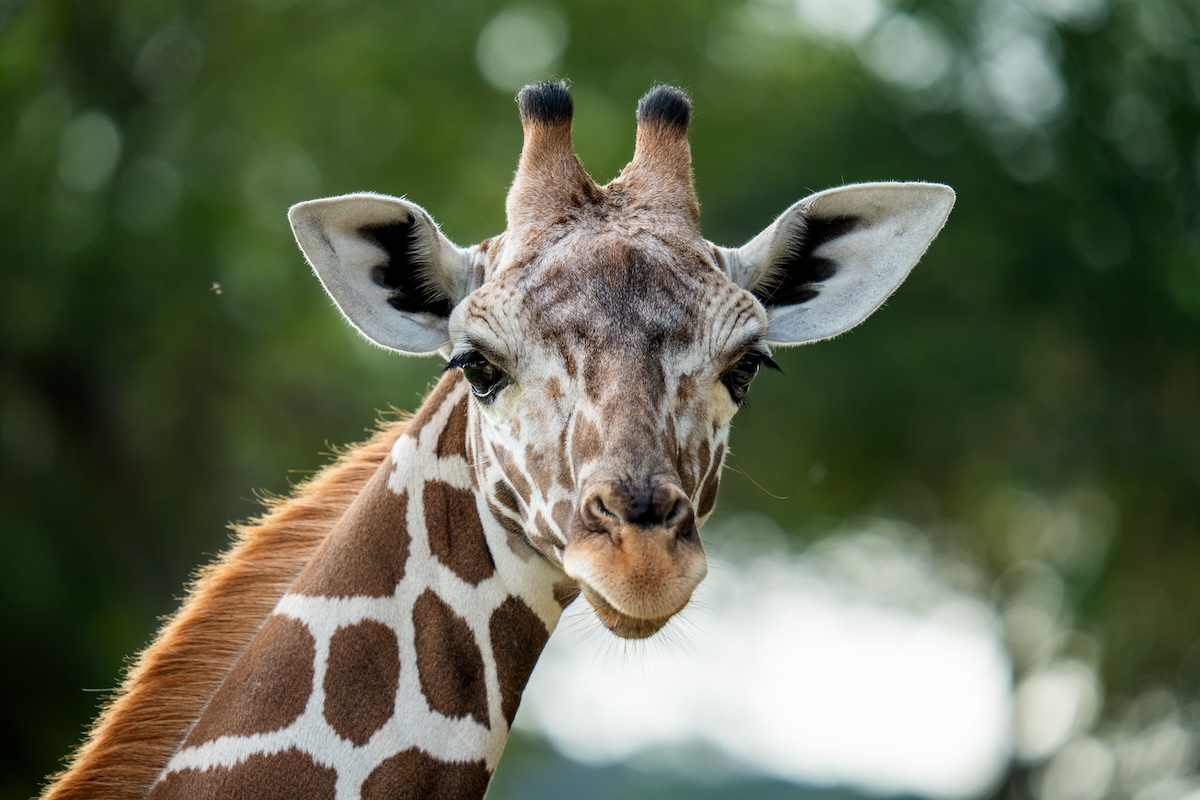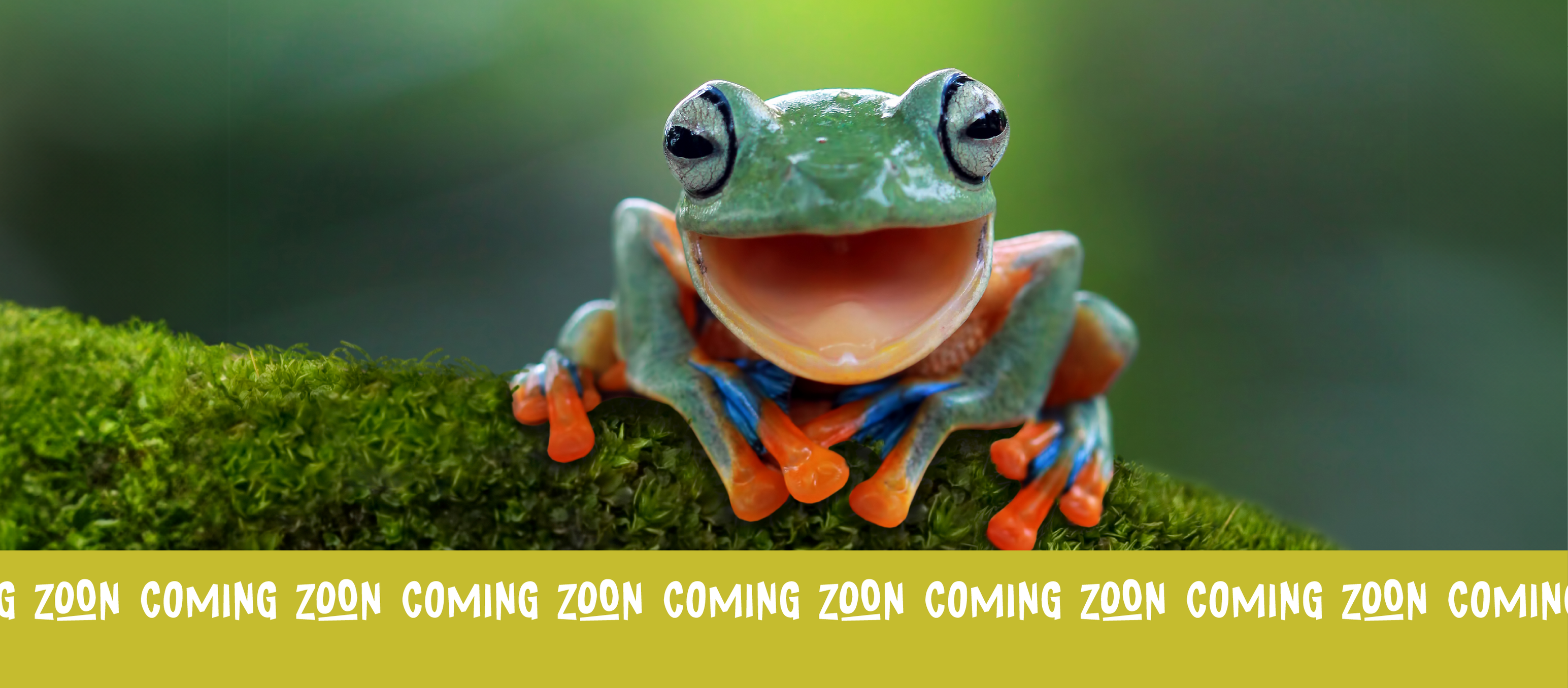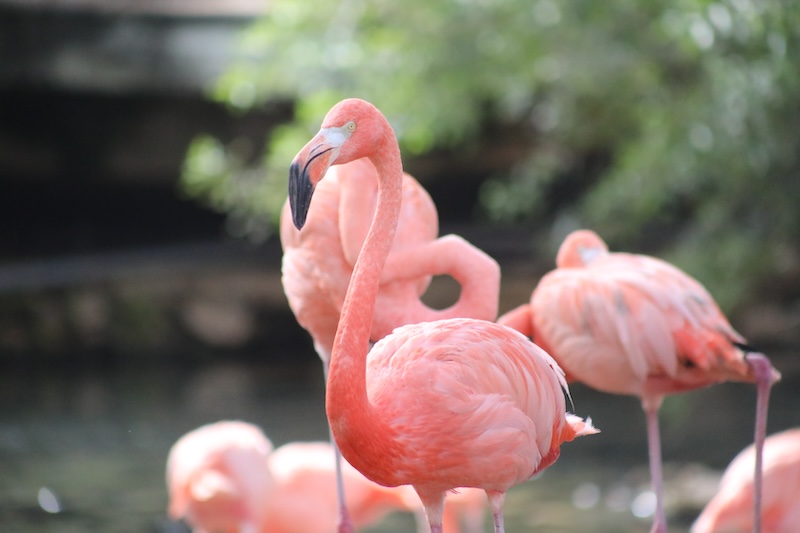The year 2023 has been a remarkable one for baby animals born at Texas zoos. New arrivals of various species have attracted the attention of animal enthusiasts, researchers, and the general public alike. These young animals not only enhance the overall experience for zoo visitors but also contribute to vital conservation efforts for endangered species.
In particular, zoos across Texas have successfully managed captive breeding programs for a diverse range of animals, including some critically endangered species. Notable examples include the western lowland gorilla, whose wild populations have been declining due to habitat loss and hunting for bushmeat.
Baby Animals Born in Texas Zoos
Fort Worth Zoo
- Asian elephant calf born on February 23, 2023.
Dallas Zoo
- Baby female warthog named Tikiti born on February 17, 2023.
- Baby giraffe born on March 19, 2023.
- Baby elephant named Okubili born on February 26, 2023.
- Four black-and-white ruffed lemurs born on March 7, 2023.
San Antonio Zoo
- Dama gazelle.
- Armstrong’s Dusky Rattlesnake.
- Fairy Bluebird.
- Francois’ leaf monkey.
- Great Blue Turaco.
Cameron Park Zoo
- Baby dik-dik (a species of small antelope) born on April 19, 2023.
Caldwell Zoo
- Baby cheetah cubs born May 31st.
The successful births of these baby animals at Texas zoos mark a significant milestone in wildlife conservation and animal husbandry. They serve as reminders of the critical role that zoos play in preserving biodiversity and educating the public about the importance of conservation efforts.
Conservation Efforts
Species Survival Plan
Zoos in Texas are diligently working towards conservation efforts to protect and preserve the habitat of various species, particularly those classified as critically endangered. One such effort is the Species Survival Plan, which focuses on managing and maintaining healthy, self-sustaining populations of threatened species in captivity. This plan helps in the recovery of these species within their natural habitats. Many critically endangered primates, such as gorillas, have greatly benefited from the Species Survival Plan, ensuring their survival and the continued growth and diversification of their herds.
Breeding Programs
In addition to the Species Survival Plan, Texas zoos actively engage in various breeding programs targeting endangered animals. Breeding programs in these zoos aim to establish sustainable captive populations of species, including gorillas and elephants. Animal care experts in these zoos closely monitor the well-being of participating animals, ensuring their health and successful breeding.
For example, the Elephant Springs habitat in Texas provides a safe environment for elephant herds to thrive and reproduce. This habitat includes:
- Ample space for the animals to roam
- A naturalistic environment that mimics their wild habitat
- Access to adequate, nutritious food sources
- A dedicated team of animal care specialists focusing on their welfare
In 2023, numerous baby animals born in Texas zoos continue to highlight the success and necessity of these conservation efforts. Their births represent a victory for the various programs working towards preserving their respective species. Between the Species Survival Plan and breeding programs, Texas zoos continue to play a critical role in the global conservation of endangered animals like gorillas, elephants, and many others.
All in all, the success of Texas zoos in managing captive breeding programs is an encouraging example of how people can act as stewards for endangered species. With climate change and human activities threatening biodiversity worldwide, there has never been a greater necessity to heed the call to preserve, protect, and respect wildlife habitats. It is our responsibility now to ensure the continued health and well-being of these animals so that future generations can enjoy their existence. Through programs such as those employed by the zoos in Texas, we can ensure that biodiversity flourishes for generations to come. We must use this success as a springboard to further conservation efforts not only for baby animals but also for all inhabitants on our planet—for their continued protection and for our own thriving future.






